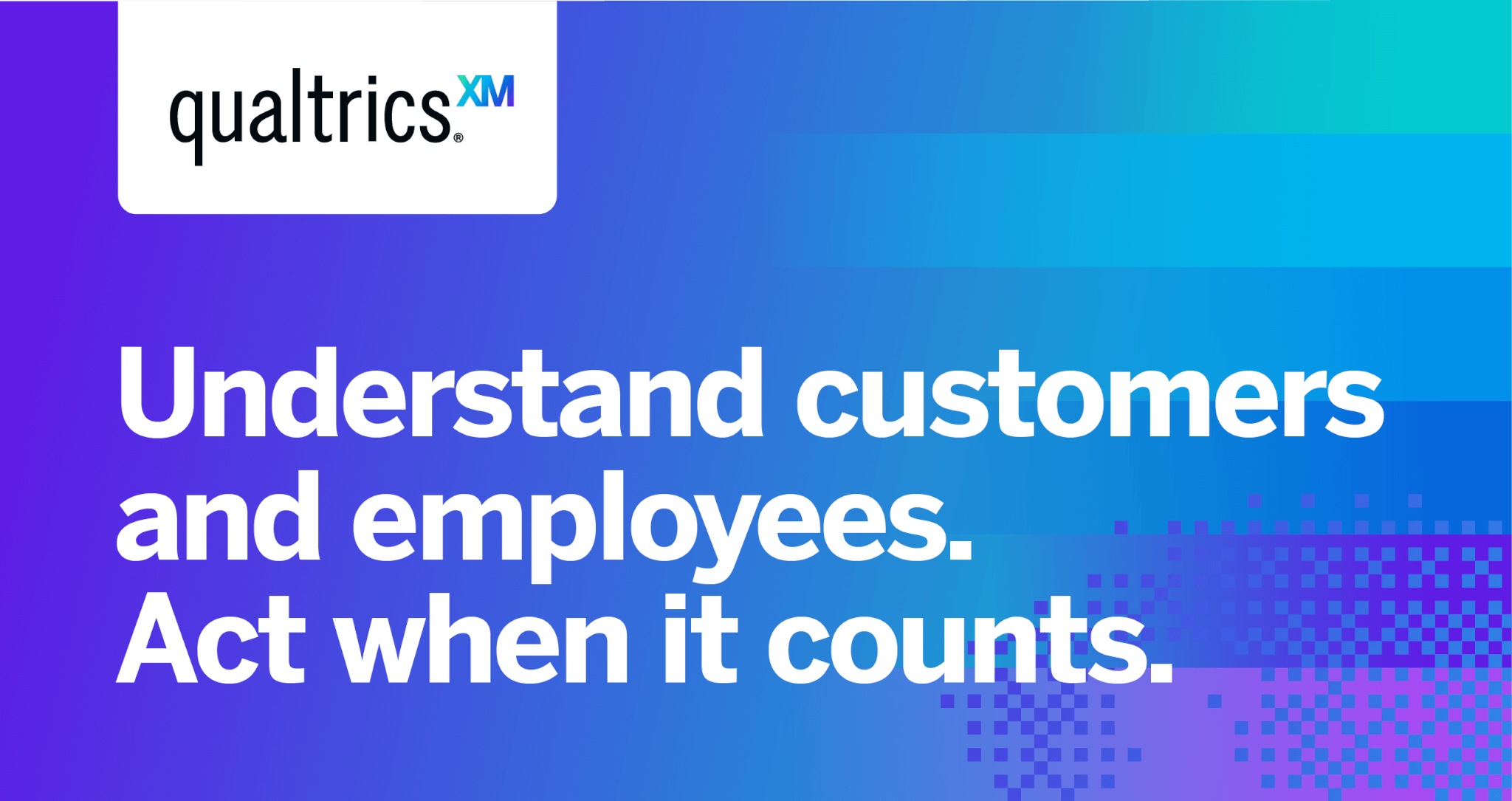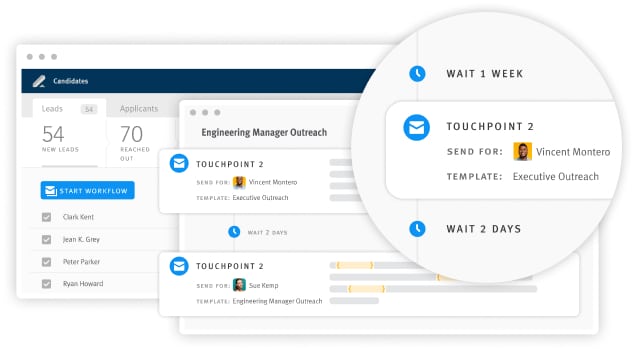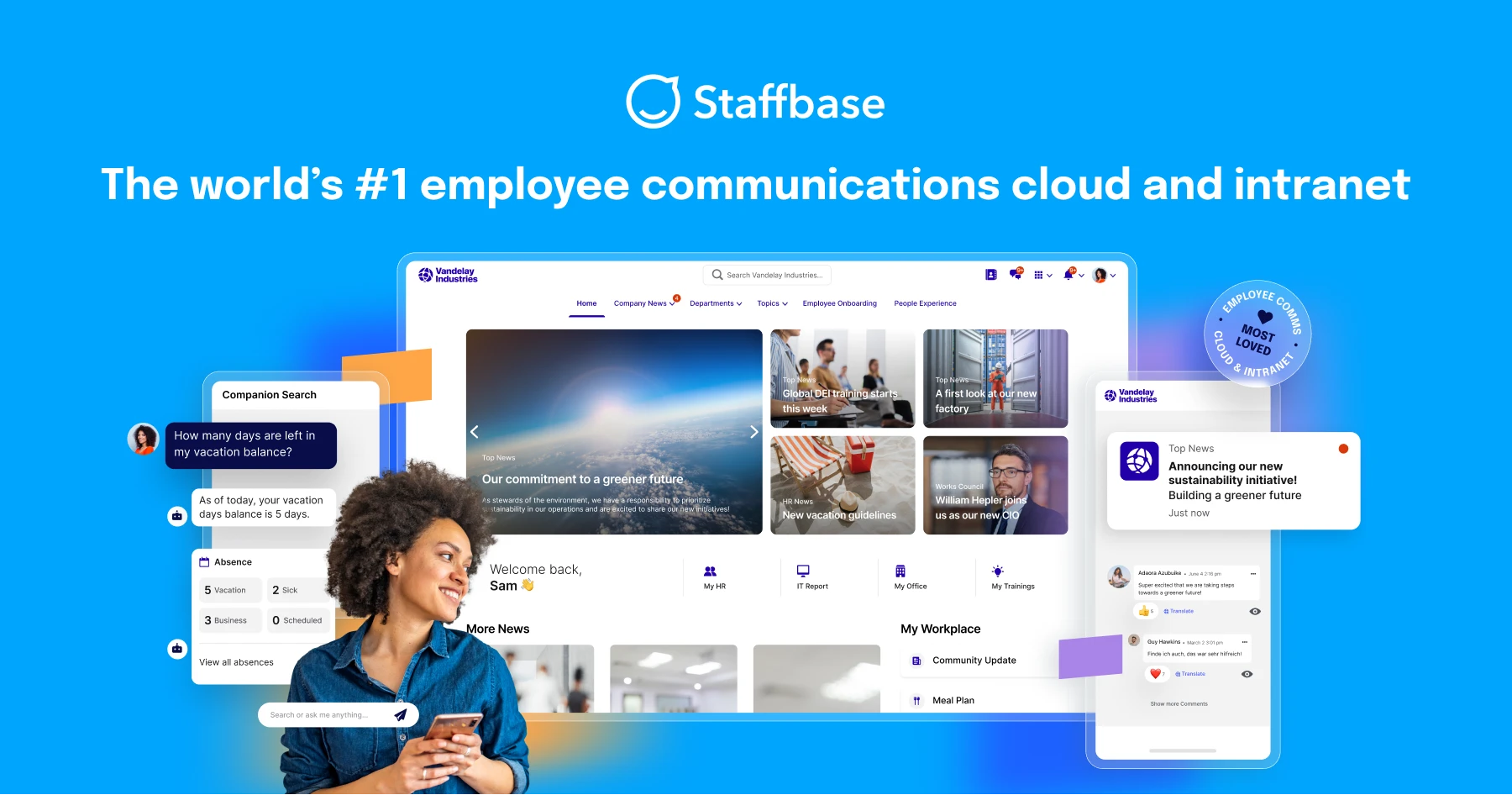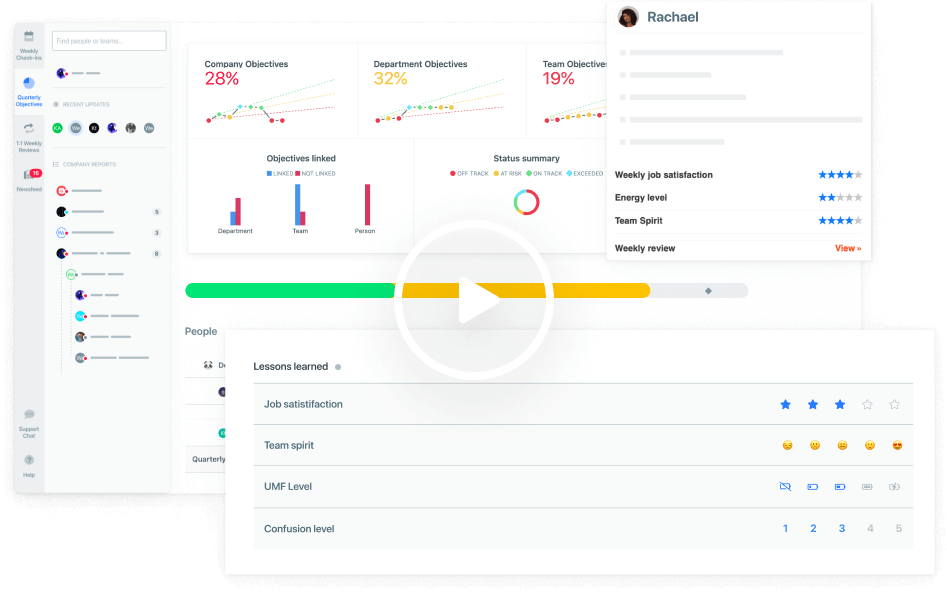Introduction
Employee engagement and satisfaction are increasingly important factors for companies to focus on. Disengaged employees are less productive, creative, and loyal to their employer. They are also more likely to voluntarily leave their jobs. Choosing the right employee engagement tools allows companies to proactively monitor sentiment, address issues, and continuously enhance the workplace experience. This blog evaluates 15 leading engagement platforms against key criteria to help identify the optimal solutions.
Methods of Evaluation
The platforms are evaluated based on functionality and features, client reviews and ratings, pricing and scalability, integration capabilities, and other conventional criteria. Additionally, metrics like number of backlinks, website traffic, and keyword search trends are used to gauge relative popularity and brand awareness. These alternative signals help validate a platform’s reputation and likelihood of effectively addressing an organization’s needs.
1. Qualtrics
Qualtrics is one of the leading providers of experience management and employee engagement software. Founded in 2002, Qualtrics assists organizations worldwide in understanding the experiences and opinions of their customers, employees and other stakeholders. With powerful AI capabilities and the ability to customize surveys for any feedback needs, Qualtrics has become the platform of choice for many of the world’s largest brands.
Pros: Some of the key advantages of Qualtrics for employee engagement include:
– Extremely powerful and flexible Enterprise feedback platform
– Capable of customizing surveys for any stakeholder feedback needs
– Ability to create virtually any feedback experience required
– Integrates seamlessly with many other business systems like HRIS and ServiceNow
Cons: A potential disadvantage is the upfront cost and license fees required for the full capabilities of Qualtrics which may be prohibitive for some smaller businesses.
Pricing: Qualtrics pricing is based on the number of employees/respondent included in a plan. Starting plans begin around $2 per employee per month for essentials packages and range up to $6-8 per employee per month for premium unlimited response packages. Custom enterprise pricing is also available.
Some key stats about Qualtrics include:
– Used by over 10,000 customers worldwide including 100% of Fortune 100 companies
– Collects over 100 million experiences every day
– Backed by over $1.8 billion in funding
– Employs over 3,500 people globally
2. Lever.co
Lever is employee engagement software that helps companies measure and improve employee happiness, satisfaction, and retention. Founded in 2013, Lever uses sentiment surveys, recognition programs, and data analytics to provide insights into how engaged employees are and how employers can enhance the workplace experience.
Pros: The main advantages of Lever include:
– Sentiment surveys to regularly monitor employee happiness and get feedback
– Recognition programs and a rewards store to boost motivation and engagement
– Insights from aggregated employee data to understand engagement trends and make improvements
Cons: One potential disadvantage is that lever does not offer sophisticated training or development functionality compared to some other dedicated employee engagement platforms. It is mainly focused on feedback, recognition, and insights rather than professional growth tools.
Pricing: Lever offers various pricing tiers depending on company size. Basic plans start at $49 per month for teams up to 10 users. Team and Enterprise plans are available for larger organizations, with custom pricing available as well.
Some key stats about Lever include:
– Used by over 10,000 companies worldwide including Anthropic, Lyft, and GitHub
– Conducts over 5 million sentiment surveys per year
– Offers a recognition ‘Rewards Store’ where employees can redeem points for gift cards or donations
– Aggregates and analyzes employee feedback data to provide engagement metrics and reports
3. Sli.do
Sli.do is an employee engagement platform that helps companies get meaningful feedback from their employees through interactive polls, Q&As and surveys during meetings and events. Founded in 2012 and based in Bratislava, Slovakia, Sli.do makes it easy for companies to understand how employees feel about different topics in real-time.
Pros: Some of the main advantages of Sli.do include:
– Event feedback solution integrated with popular presentation tools like Zoom, Webex and Microsoft Teams
– Capable of powering live feedback and questions at all-hands meetings, town halls or internal conferences
– Real-time analytics that help meeting organizers understand audience responses and sentiments as events happen
Cons: One potential disadvantage is that the free plan only allows for basic polling capabilities which may not be sufficient for some larger company needs.
Pricing: Sli.do offers various paid plans starting at $49 per month for their ‘Starter’ plan which supports up to 100 participants. Their ‘Professional’ plan is $99 per month for up to 250 participants and ‘Business’ is $199 per month for up to 500 participants. All plans offer additional features like analytics, custom branding and support.
Some key stats about Sli.do include:
– Used by over 5,000 companies worldwide including Microsoft, IBM and Samsung
– Processed over 5 billion votes from 200 million users
– Events with Sli.do see up to 80% higher audience engagement rates
4. Workplace by Facebook
Workplace by Facebook (previously Facebook at Work) is a communication and collaboration platform developed by Meta (formerly Facebook) to facilitate communication in organizations and companies. As the name suggests, it integrates Facebook-like communication tools but designed specifically for workplace use.
Pros: Some key advantages of Workplace include:
– Familiar social media-like interface employees already know how to use.
– Strong communication tools like feeds, groups and messaging.
– Integrations with tools employees already use like Gmail and Office 365.
– Secure platform for sharing files, tracking tasks and building communities.
Cons: One potential disadvantage is reliance on an external vendor as Workplace is hosted remotely by Meta. This means organizations have less control over security and availability compared to an on-premise solution.
Pricing: Workplace offers various paid subscription plans based on the number of active users with discounts for annual commitments. Plans start from $4/user per month for the basic version and go up to $8/user per month for advanced features like single sign-on and enterprise support.
Some key stats about Workplace include:
– Used by over 7 million paid users globally across various industries like automotive, retail, and healthcare.
– Available in over 30 languages.
– Integrates with over 50 business apps including Microsoft Office 365, Google Workspace, and Salesforce.
5. Lattice
Lattice is a people management platform that helps companies develop engaged and high-performing teams. Founded in 2015 and based in San Francisco, Lattice aims to empower people leaders to make strategic decisions through data-driven insights.
Pros: Some key advantages of Lattice include:
– Combines continuous feedback, goals, and performance in one tool
– Empowers managers through easy alignment of goals
– Great visualization of engagement and performance data over time
Cons: One potential disadvantage is that the tool requires managers and employees to consistently provide feedback and inputs in order to realize its full benefits. This level of engagement may not be possible at all companies or teams.
Pricing: Lattice offers tiered plans starting from a free plan for teams of 25 employees or less up to enterprise plans for larger organizations. Pricing is based on team size and functionality required.
Some key stats about Lattice include:
– Used by over 3,000 companies globally including Anthropic, Intercom, and Notion.
– Raised over $250 million in funding from investors like Dragoneer, GGV Capital, and Kleiner Perkins.
– Supports over 500,000 users worldwide across various industries.
6. officevibe
Officevibe is employee engagement and performance software that makes it easy to understand employee sentiment and take action. Founded in 2012, it has helped thousands of companies improve their company culture and employee experience.
Pros: Some key advantages of Officevibe include:
– Simple interface keeps pulse surveys short and focused
– Configurable survey frequency from weekly to quarterly
– Analytics dashboard tracks sentiment over time
– Benchmarking feature allows companies to compare results to other similar organizations
Cons: One potential disadvantage is that the free plan only allows up to 10 employees, so it may not be suitable for very large organizations without upgrading to a paid plan.
Pricing: Officevibe offers various paid plans starting from $49/month for the Essentials plan up to $249/month for the Ultimate plan. Pricing is based on the number of employees.
Some key stats about Officevibe include:
– Used by over 5,000 companies worldwide
– Conducted over 50 million employee surveys
– Available in over 20 languages
7. Culture Amp
Culture Amp is an employee experience platform that helps organizations build great workplace cultures and high performing teams. Founded in Australia in 2007, Culture Amp today has offices worldwide and serves over 500 customers across various industries. They offer employee engagement, performance management, and professional development tools to help businesses optimize employee experience.
Pros: Some key advantages of Culture Amp’s employee experience platform include:
– Deep employee listening tools that assess organizational culture and engagement levels through regular pulse surveys
– Benchmarks that allow companies to compare their employee engagement and culture metrics to best practices of high performing organizations
– Rich analytics and visualizations that surface action areas for continuous workplace improvement
Cons: One potential disadvantage of Culture Amp is that their pricing can be on the higher side for smaller organizations with fewer employees. However, they do offer flexible pricing plans tailored to company size and needs.
Pricing: Culture Amp offers various pricing tiers depending on the number of employees in an organization. Their starter package starts at $299/month for up to 99 employees. For large enterprises with thousands of employees, customized enterprise pricing is available upon request.
Some key stats about Culture Amp include:
– Over 500 customers worldwide including Atlassian, Canva, and Workday
– Culture Amp’s platform has received responses from over 5 million employees
– 93% of employees who provide feedback on Culture Amp say it helps improve their workplace
8. Workfront
Workfront is an enterprise project management and work management platform developed by Adobe. They provide software to help organizations manage projects, resource allocation and overall workflow. Their aim is to help companies work smarter by improving visibility, collaboration and accountability across projects and workstreams.
Pros: Some key advantages of Workfront include:
– Robust platform for managing engagement of project teams
– Feedback integrated within work management and collaboration
– Particularly strong for boosting accountability on projects
Cons: One potential disadvantage is that as an enterprise grade solution, Workfront may have a higher total cost of ownership compared to smaller project management tools on the market.
Pricing: Workfront pricing is customized based on needs but generally starts at $50 per user per month for their basic plan and goes up from there based on features, storage and support required. Enterprise deals may include additional discounts.
Some key stats about Workfront include:
\- Over 3,000 customers worldwide across industries like technology, media and telecommunications
\- Integrates with over 150 apps including Slack, Salesforce, Jira and more
\- Tracks over 50 million work items for their customers
9. 15Five
15Five is a performance management platform that replaces annual reviews with weekly check-ins. Founded in 2013 and based in San Francisco, 15Five helps over 2,000 companies stay focused on what matters most through simple, engaging check-ins. Some key facts about 15Five include that they have over 50 employees and support clients across a wide range of industries.
Pros: Some key advantages of 15Five include:
– Weekly check-ins focus discussion on priorities and blocks instead of retrospectives
– Continuous feedback replaces annual performance reviews for more meaningful conversations
– Guardrails ensure feedback is constructive and actionable instead of just positive or negative
Cons: One potential disadvantage is that 15Five requires managers and their direct reports to consistently use the platform each week for it to be truly effective for continuous feedback and management.
Pricing: 15Five offers starter, pro, and team plans. Pricing starts at $5 per user per month for the starter plan and scales up based on team size and additional features required.
Key stats about 15Five include:
– Over 2,000 customers worldwide including IBM, DocuSign, and Anthropic
– Weekly check-ins completed by over 250,000 users
– Simple and easy to use platform requiring only 5 minutes per week
10. Ting
Ting is an employee engagement software that aims to strengthen connections between employers and employees. Founded in 2016 and based in San Francisco, CA, Ting offers flexible check-ins, surveys, and manager training to help companies improve retention and productivity.
Pros: Some key advantages of Ting include:
– Flexible 1:1 check-ins and feedback as mentioned in the reasons provided
– Engagement surveys to anonymously measure employee sentiment at any time
– Manager development and insights to help leaders improve their people skills
Cons: A potential disadvantage is that flexible scheduling could result in some check-ins being missed or postponed indefinitely if not properly managed. Regular communication is still important for employee engagement.
Pricing: Ting offers simple pricing plans starting at $9 per employee per month for the basic plan including unlimited 1:1s, surveys, and basic analytics. The premium plan is $14 per employee per month and includes additional features like advanced reporting and customized surveys.
Some key stats about Ting include:
– Over 500 companies currently use Ting including Microsoft, Google, and Amazon
– On average, Ting users see a 25% increase in employee satisfaction scores after 6 months of use
– Flexible scheduling allows for 1:1 check-ins to happen as often or infrequently as the manager/employee prefer
11. Staffbase
Staffbase is an internal communication platform that aims to simplify employee communications within organizations. Founded in Germany in 2008, Staffbase now serves over 1,000 customers worldwide across industries like BMW, Adidas, and Deutsche Telekom. Their flagship product is an internal mobile app and platform that allows companies to share important updates and foster collaboration across dispersed teams.
Pros: Some key advantages of Staffbase include:
– Enterprise employee app for real-time updates directly to employees’ phones
– Internal social network features allow for communities and discussions
– Advanced notification capabilities including push, email and desktop notifications
– Intuitive tools for companies to easily craft and schedule internal communications campaigns
Cons: Potential disadvantages could include the upfront cost for an enterprise solution and additional implementation support required for large organizations.
Pricing: Staffbase offers several tiered pricing plans depending on organization size starting at $5 per user per month for smaller teams up to custom enterprise pricing for very large deployments. Implementation, training and support services are also available for an additional fee.
Some key stats about Staffbase include:
– Over 1,000 customers globally across all industries
– Processes over 10 billion messages annually
– Supports 35+ languages
– Over 5 million total users
12. Weekdone
Weekdone is an OKR (Objectives and Key Results) software that helps organizations align teams, set goals and track progress. Founded in 2013 and based in Estonia, Weekdone makes it easy for teams to review progress weekly through a simple toolkit.
Pros: Some key advantages of Weekdone include:
– Simple toolkit for teams to review progress weekly
– Focus on transparency through recurring check-ins
– Integrations make it easy to embed in existing workflows
Cons: One potential disadvantage is that the free tier only supports 5 users which may not be sufficient for larger teams.
Pricing: Weekdone offers the following paid plans:
– Premium – $9/user/month – Supports unlimited users and includes additional features like custom branding and admin controls
– Enterprise – Custom pricing – Includes additional support and privicy/security customization
Some key stats about Weekdone include:
– Used by over 500 companies worldwide including Docker, Lego and Wise
– Integrations with tools like Jira, Confluence and GitHub
– Average customer has 150+ active users
13. Bonusly
Bonusly is an employee recognition and rewards platform that makes it easy for teams to recognize exceptional work. Founded in 2011 and based in San Francisco, Bonusly has helped over 2,000 companies across various industries build strong company cultures through employee appreciation.
Pros: Some key advantages of Bonusly include:
– Dedicated to employee recognition and helping teams show appreciation regularly
– Encourages positive feedback through a simple and fun platform
– Provides analytics about recognition programs to measure impact
Cons: One potential disadvantage is that the free tier only allows for basic recognition capabilities. Additional features require paid plans starting at $6 per user per month.
Pricing: Bonusly offers four paid plans starting at $6 per user per month for the essentials plan. The professional plan is $10 per user per month and unlocks additional features like rewards store integrations. Bonusly also offers customized enterprise plans for very large companies.
Some key stats about Bonusly include:
– Over 2,000 customers worldwide
– Used by companies like IBM, LinkedIn, and Anthropic
– Facilitated over 50 million recognitions since launch
14. Fond
Fond is an employee engagement and rewards platform that helps companies recognize, develop and retain top talent. Fond offers tools to provide goal setting, feedback and recognition to keep employees motivated.
Pros: Key advantages of Fond include:
– Goal setting and personalized feedback tools for managers
– Built in 1:1 meeting templates and calendar scheduling for managers
– Dashboards and reports to analyze engagement at the department level
Cons: One potential disadvantage is that the free version only allows for basic goal setting and feedback. For advanced analytics and recognition tools, a paid plan is required.
Pricing: Fond offers three pricing tiers:
– Free plan for up to 10 users
– Premium plan starting at $3/user per month
– Elite plan starting at $6/user per month for additional features like unlimited goals and custom branding
Some key stats about Fond include:
– Used by over 5,000 companies worldwide
– Over 1 million rewards given through the platform
– Average customer has seen a 15% increase in employee retention rates
15. BetterWorks
BetterWorks is an employee engagement and performance management platform that helps companies align employee goals to company objectives. Founded in 2013, BetterWorks aims to simplify performance reviews and enable more frequent coaching conversations between managers and their direct reports.
Pros: Some of the key advantages of BetterWorks include:
– Goal setting with frequent progress check-ins to keep employees accountable and on track.
– Pulse surveys and analytics dashboard to monitor employee sentiment and engagement.
– Customizable recognition programs to acknowledge performance and celebrate wins publicly.
Cons: One potential disadvantage is that goal setting and progress tracking and require time commitments from both managers and individual contributors on a regular basis to see full benefits.
Pricing: BetterWorks offers three pricing tiers based on the number of users:
– Essentials: Starting at $4/user per month for up to 500 users.
– Premium: Starting at $8/user per month for 501-2000 users.
– Enterprise: Custom pricing for more than 2000 users.
Some key stats about BetterWorks include:
– Used by over 500 companies worldwide including Anthropic, G2, and OpenCart.
– Conducted over 50 million 1:1 meetings between managers and their teams since launch.
– Provides analytics dashboards to track employee engagement and goal progress over time.
Conclusion
By thoroughly researching features, pricing, reviews, and popularity indicators, companies can make an informed selection of employee engagement tools that align with their specific goals and budget. Regularly measuring sentiment, providing recognition, setting clear expectations, and soliciting continuous feedback are all important aspects of creating a positive workplace culture where talent can thrive. The right software makes those processes more streamlined and impactful for long-term business success.

















